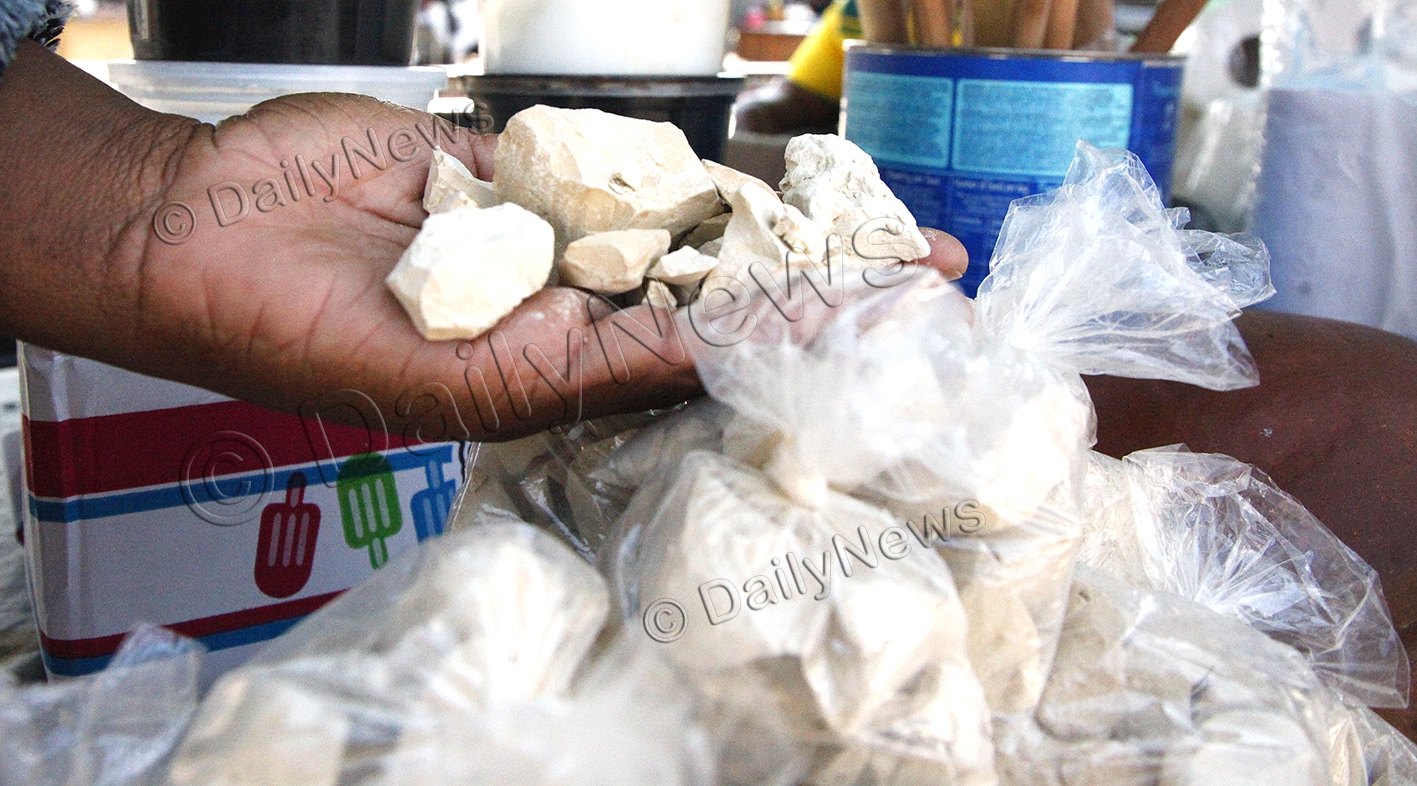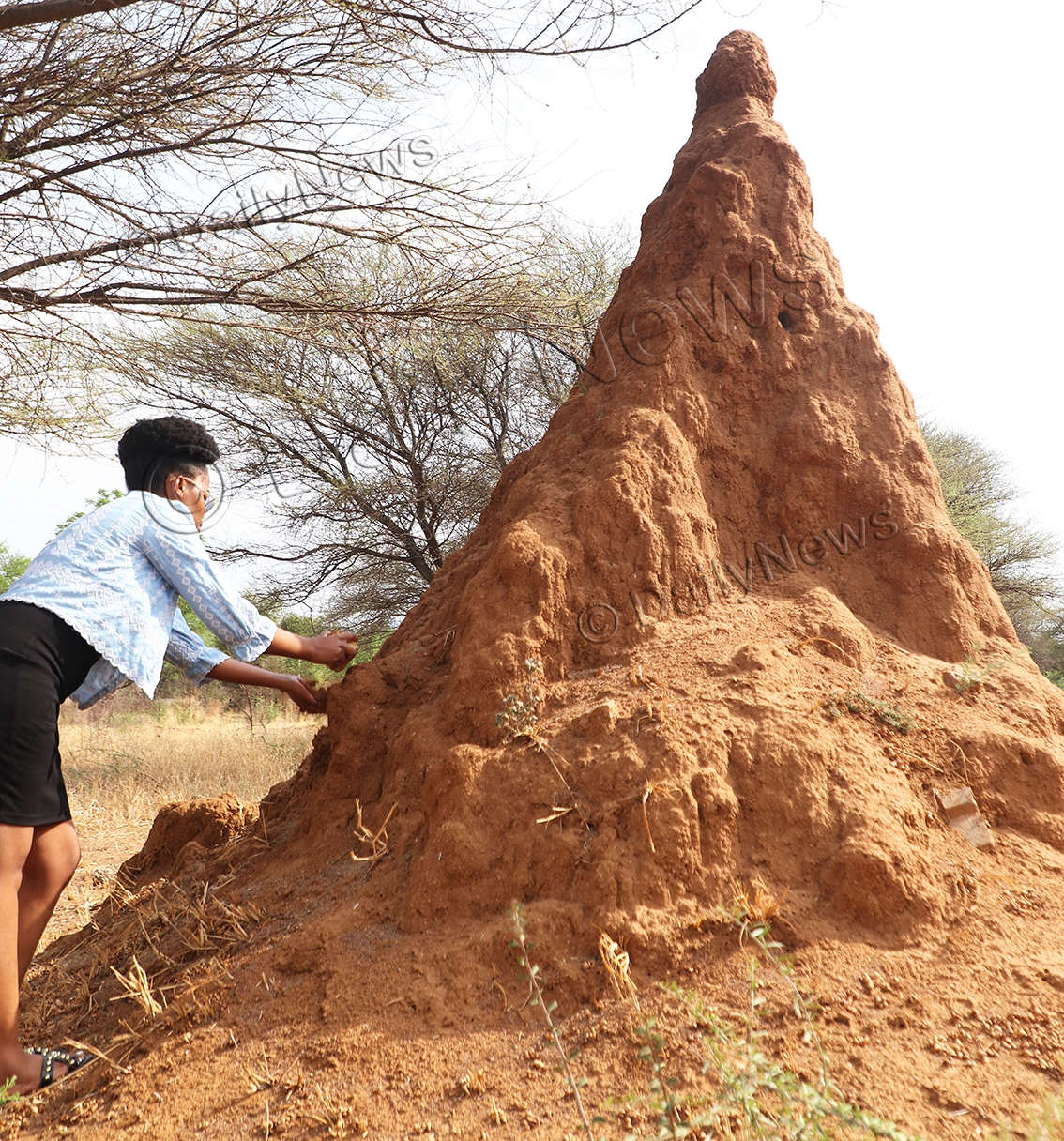Soil eating health hazard
10 Oct 2024
A tour of stalls around the Gaborone Bus Rank is an eye-opening experience.
On sale in the stalls is a wide range of products from sneekers of all colours, sizes and shapes to foods of all types and colours. Perhaps surprising to many is the sale of soil. Soil eating is a common habit especially among pregnant women.
A dietician based at Sir Ketumile Teaching Hospital, Dr Paphani Chalashika explained in an interview that the practice was known as geophagia. He described geophagia as a condition whereby people eat non-food items, adding that it was associated with nutritional deficiencies, especially anaemia and hyperkalemia.
He explained that it involved consuming soil or clay, and that it was common in many cultures across the globe, adding it was due to nutritional deficiencies or cultural norms.He said some pregnant women, consumed it with the belief that it would alleviate morning sickness and rid the body of toxins. He explained that some considered it as medicinal and a dietary supplement.
Dr Chalashika noted that soil and clay had nutritional ingredients such as minerals that were essential to the body. He, however, said those minerals were readily available in a variety of other foods that were more digestible and palatable than clay. “Fruits, nuts and meats have more minerals than clay,” he said.
Dr Chalashika also noted that soil eating was not safe, saying one could ingest unwanted elements which could lead to a range of health issues such as infections. He said the physical effects of clay consumption included blockages, constipation as well as robbing the body of essential vitamins and minerals.
Moreover, he said clay soil could contain heavy metals such as lead and mercury that could have toxic effects on the body. He urged those with pica to undergo testing for nutritional deficiencies and to try and lose their soil eating habit.
Ms Janet Lambert is one of the soil sellers at the bus rank and she said they ordered the soil from South Africa or bought from local suppliers. She said the soil was in high demand and they ensured that they never ran out of stock.
Ms Lambert also said they had customers from all over the country with some as far as Francistown. She said her packaged white soil was sold for P5 each, adding that it was rare for her to go back home with the packages. For her part, Ms Janet Moyo compared eating soil to any craving such as for a chocolate or a cigarette.
She confessed that sighting a mould or anthill or seolo, as the hill is called in Setswana, anywhere made her happy and would find a way to reach the place. She added that she found it difficult to pass anthills and that she would salivate in anticipation of the taste.
“It does not matter if people peed on it or whether its a snakes home, as long as I get the soil,” she said.
She acknowledged that the urge to eat soil intensified when it rained, adding that she started the habit in 1988 and never stopped. She explained that she used to put the soil in a cup, mix with water and eat like it was porridge. She noted that when she did not eat soil, she felt a strong craving that could only be relieved by eating soil.
She confessed that sometimes she bought soil in bulk, especially when travelling so that she never ran short of it. She, nevertheless, said she ate healthy foods, including beetroot, liver and spinach to supplement whatever may be lacking in her body.
Ms Keneilwe Monngame said she craved eating soil because she was iron deficient and that she thought the deficiency it was caused by eating soil. She also said her soil eating habit has caused her skin to be pale.
Ms Monngame also said she preferred eating soil than food, saying it satisfied and relaxed her. She added that the ‘new white soil in the market has a milkish taste that one cannot resist.’ BOPA
Source : BOPA
Author : Lesedi Thatayamodimo
Location : GABORONE
Event : interview
Date : 10 Oct 2024








